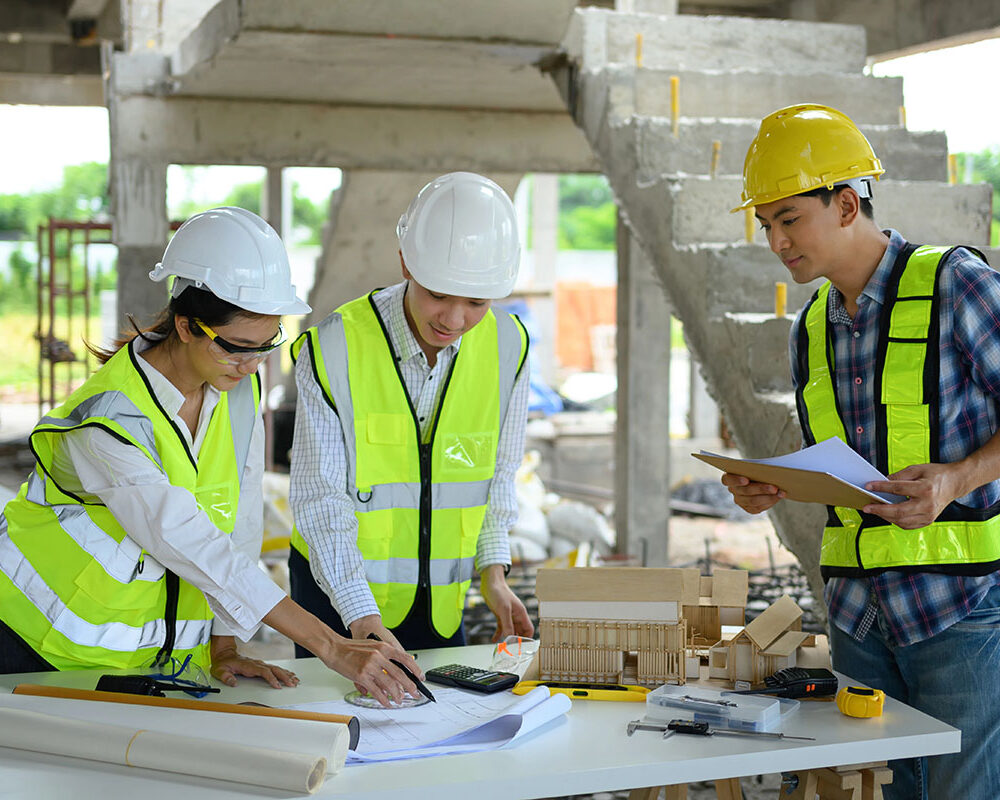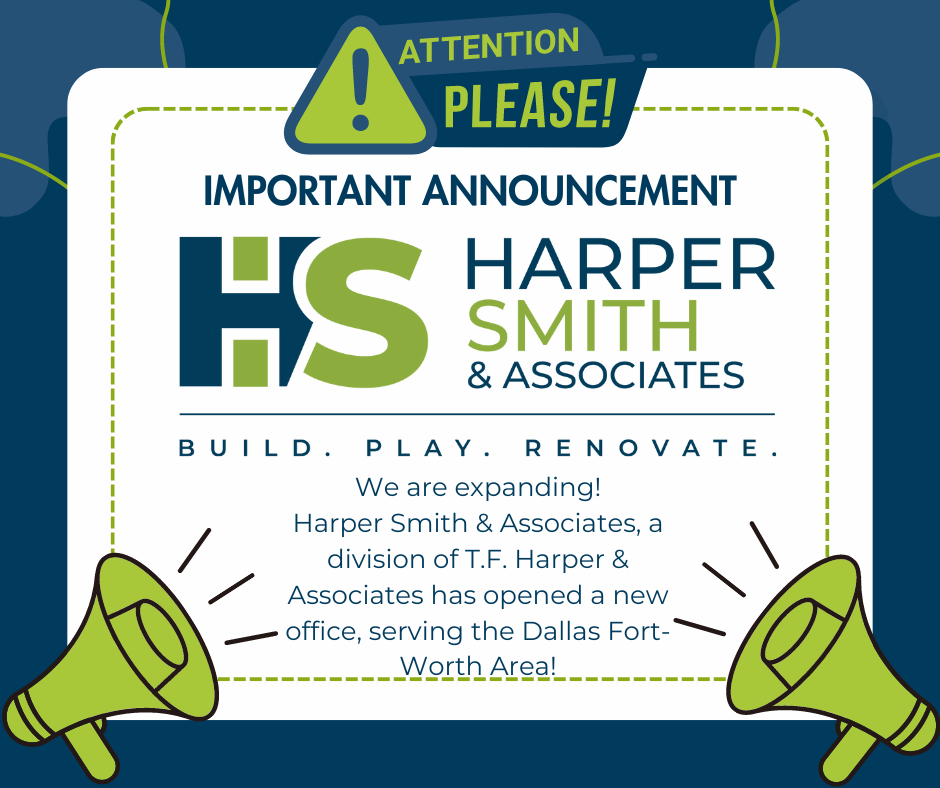Are you looking to renovate your commercial space? Whether you’re upgrading an existing location or moving into a new one, preparing for a renovation can be a daunting task. But with proper planning and execution, the process can become more manageable—and even enjoyable! In the tips below, we’ll provide you with five essential steps that will help prepare your commercial space for renovation. From budgeting to managing expectations, we’ve got you covered. Let’s get started!
Secure the Necessary Permits and Permissions
The first step in preparing a commercial space for renovation is securing the necessary permits and permissions. Depending on the scope of your renovation, you may need to obtain permits from various local or state agencies such as building departments, fire departments, zoning boards, and more. Failure to secure these permits can lead to costly fines and delays in your project timeline.
To avoid any potential setbacks, it’s best to begin this process early on so that you have ample time to gather all required documents and meet with officials. Don’t forget to communicate with your contractor or architect about any specific requirements or regulations that must be followed during construction—doing so will ensure that everyone is on the same page before work begins.
Taking care of permit applications beforehand can help streamline the renovation process and minimize stress while keeping everything above board legally. While it may add some extra planning time initially, taking care of these legalities upfront will pay off significantly throughout the course of construction as well as long after completion too!
Create a Detailed Plan for the Renovation Project
Once permits are secured, creating a detailed plan for your renovation project should be the next task to focus on. The first step in this process is to define the scope of the project. This involves identifying what needs to be done, who will do it, and when it needs to be completed. It’s also important to establish a budget and timeline so that everyone involved knows exactly what they’re working with.
This planning phase is also an ideal time to focus on identifying potential risks and challenges. This might include issues related to the building itself, contractors or suppliers not meeting deadlines, or unforeseen expenses that can blow your budget out of the water. By anticipating these problems beforehand, you can develop contingency plans and mitigate their impact on the overall success of your renovation.
Once you have all this information gathered, it becomes much easier to create an actionable plan that outlines every step with level of detail needed—from securing necessary permits and approvals upfront through completing each milestone on time according to schedule!
Gather your Tools and Materials Ahead of Time
Now that you have a plan in place, the next step is to gather your tools and materials ahead of time. This means taking inventory of what you have on hand and creating a comprehensive shopping list for anything else you may need. By doing this well in advance of your actual renovation project, you can avoid delays or unexpected challenges down the line.
Some key tools and materials that might be required could include the following:
- Paint rollers and brushes
- Sandpaper
- Drywall screws and tape
- Measuring tapes or laser levels
- Hammers or other basic hand tools
- Safety gear like gloves and goggles
- Any more specialized equipment based on your specific needs
Taking the time to organize all these elements early will save you both time and money in the long run. With proper preparation in place weeks or even months beforehand—from budgeting to scheduling contractors—you’ll be set up for success when it’s finally time to begin transforming your workspace.
Remove any Furniture or Fixtures that Will Not be Included in the Renovations
With your tools and supplies secured, you can now focus on removing any furniture or fixtures that will not be included in the updates. This can include items such as desks, chairs, cabinets, and lighting fixtures. It’s crucial to have a clear understanding of what will remain and what needs to go before starting the renovation process. Removing unwanted items facilitates a smoother renovation process by creating more space for workers and equipment. A clutter-free work site minimizes potential damage to furnishings during construction while reducing clutter on job sites.
To ensure success in this aspect of preparation, take inventory early on—preferably even before signing contracts with contractors—so that there are no surprises regarding which products need storage off-site or disposal services prior to starting construction activities. Properly preparing your workplace should make it easier for you and others who use your facility throughout renovations rather than hampering their effectiveness!
Prepare the Space for Safety by Addressing any Structural Concerns
Before construction work can begin, the final step is to address any structural concerns in the commercial space, including making sure that the building is up to code and meets all necessary safety requirements. If there are any issues with the foundation, walls or roof, these need to be addressed before moving forward with renovations.
To ensure a safe working environment for both workers and clients/customers, take the time to have an assessment done by a professional contractor or engineer. They can evaluate the space and identify potential problems—such as water damage or faulty electrical systems—that could cause harm later down the line.
If you take care of these structural concerns early on in your renovation process, you’ll not only create a safer environment but also avoid unexpected delays and costs further down the line. It sets you off on a good footing so when you move into focusing on design elements of your business’s commercial spaces are already in their best state possible.
Summing Things Up
Renovating a commercial space can be an intimidating project, but proper planning and execution can make the process more manageable and even enjoyable. By following these five essential steps, you can successfully prepare your commercial space for renovation:
- Determine your budget to ensure that you have enough funds for all necessary upgrades.
- Manage expectations by communicating with employees or tenants about upcoming changes.
- Understand building codes and permits to avoid legal issues during renovations.
- Work with a reliable contractor who understands your vision and goals.
- Take care of minor repairs before starting major renovations.
Keep these essential tips in mind, and you’ll be well on your way towards creating a renovated commercial space that meets both aesthetic appeal requirements while being functional too!









